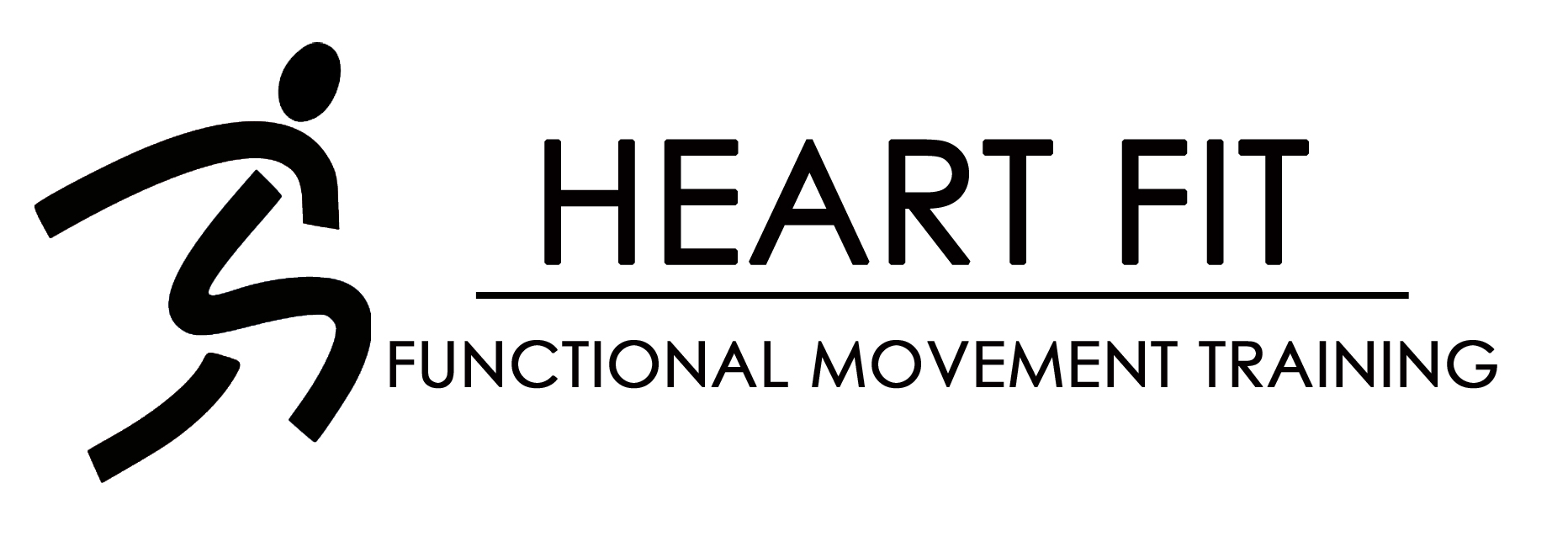It's all about the Core
This is the time of the year when people really start exercising seriously after the winter months. The most discussed topic is how do I improve my core and lose those inches around my waist. So much of how individuals and even trainers view the core is influenced by marketing. We see these fancy charts and histograms highlighting certain areas of the stomach that somehow need to be isolated to achieve any significant progress. But what science tells us is that the brain does not respond at all to isolated movements, in fact our bodies are meant to move all at one time having everything engaged at once. Before we can talk about training the core we have to first look at the anatomy of the core. The core is primarily made up of the hip joint which is a ball and socket joint, the pelvis and the lumbar spine (lower back). We also have tendons, ligaments, fascia and muscle all surrounding it, allowing you to move freely. Notice how we didn’t mention anything about the abdominals which usually gets all of the attention but has next to zero impact on how your core operates.
To really understand how your core works we need to understand the hip joint and lumbar spine. When we ask movement from your core the last thing we want is movement from your lumbar spine. The lumbar spine is limited to only fifteen degrees of movement and is a stable segment meaning it’s not meant to move. So when we ask the core to move we want it to come from your hips, which are mobile and the driver of your body when it comes to producing force and power. Forcing yourself to constantly flex the spine (like while doing crunches) will set you up for disc problems, tight hip flexors, loss of glute function, poor posture and you will develop poor core sequencing.
The biggest problem that individuals face is that we are a sitting society. If we are not standing on our feet for a minimum of six hours a day, our hips are degenerating and causing you to lose a lot of mobility from your hips. A compensatory reaction to this is too much movement from your lumbar spine because your hips are no longer doing their job now we are using our back in everything and we develop back pain which will limit our movement quality. So as we talked about the core and you can understand that your abdominal muscles need to be trained as anti- rotators and any movement must come from the hips. When we are looking for a great core exercises we want to look for one that is functional and your spine has no movement whatsoever. The saying “feeling the burn in your core” means little to nothing. For example, if we were to do muscle testing on the best core exercises we would find that a farmers carry (holding a 30-50 lb weight) and walking up and down the floor would draw the most core out of any other exercise but yet we get very little muscle burn. Remember you can never out train a bad diet so if you are soft around the middle you need some nutritional coaching, so eat smart and train correctly!
